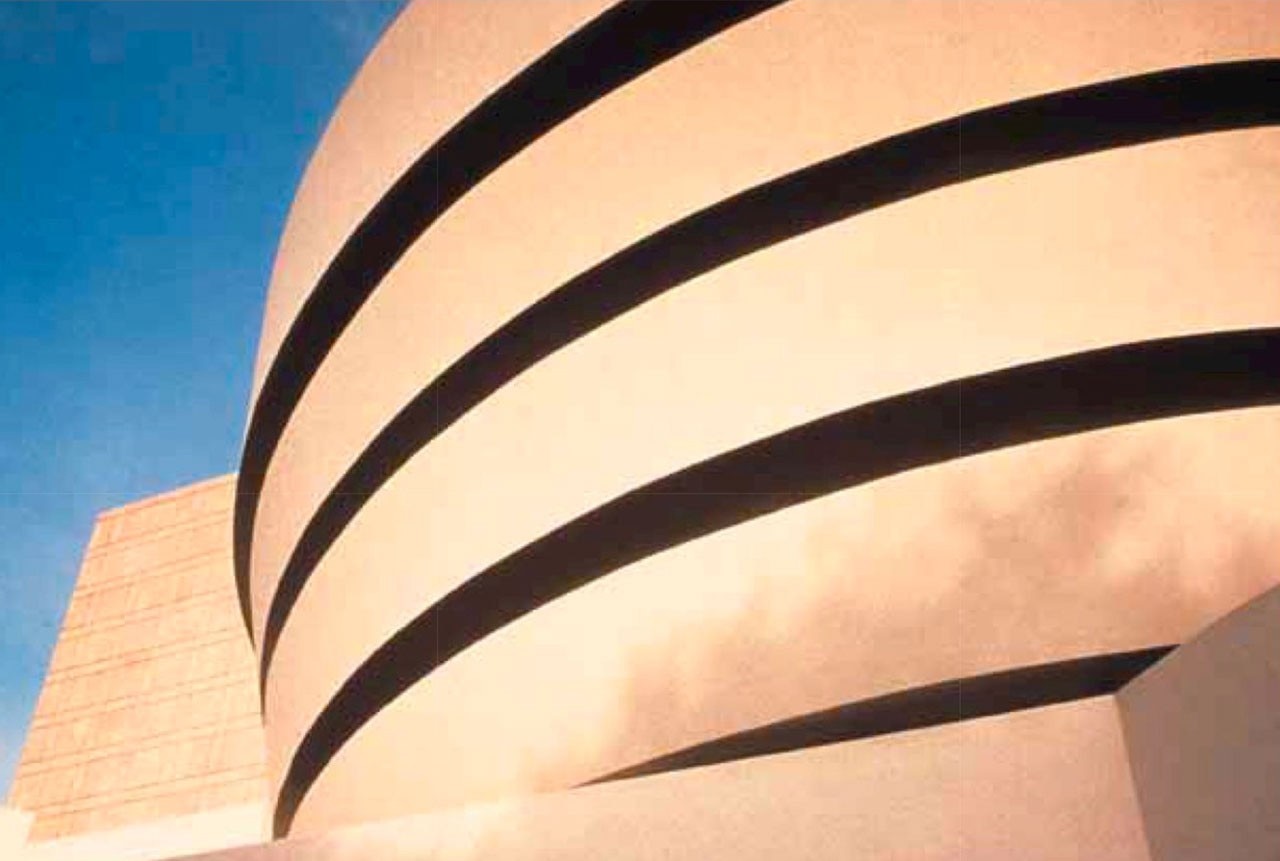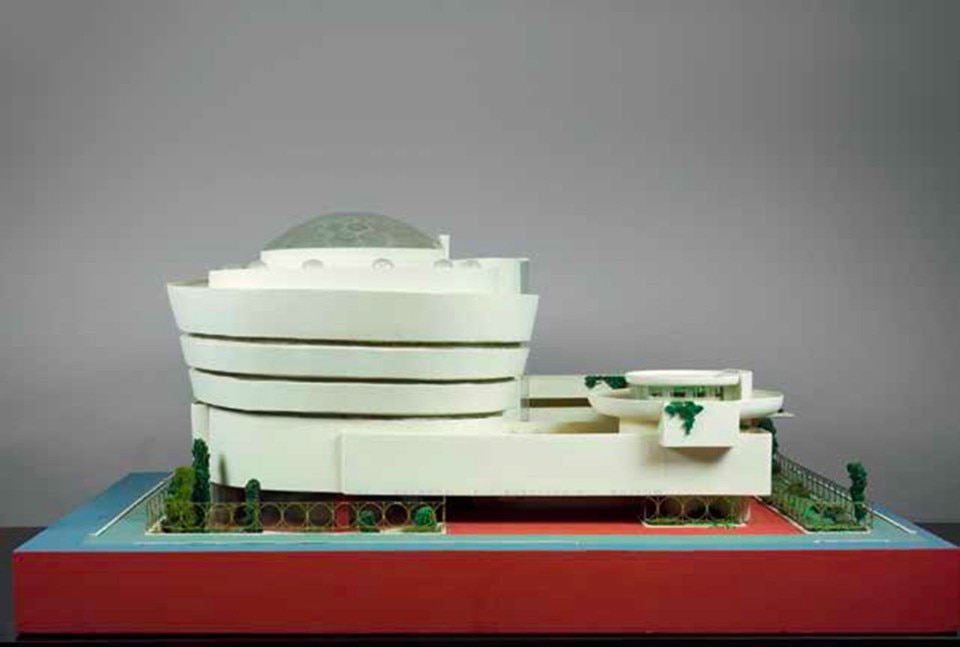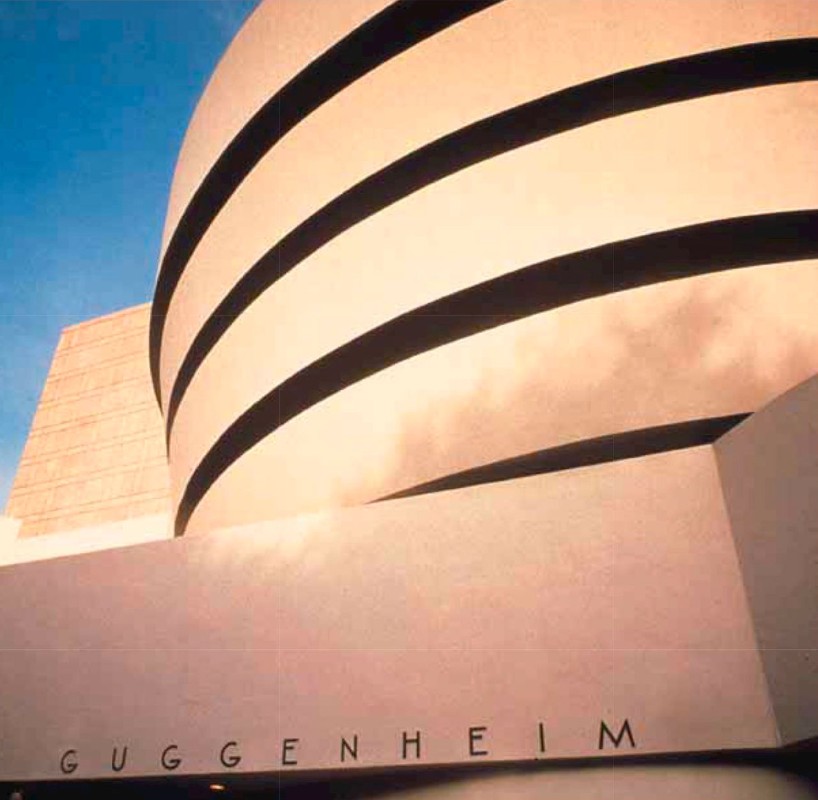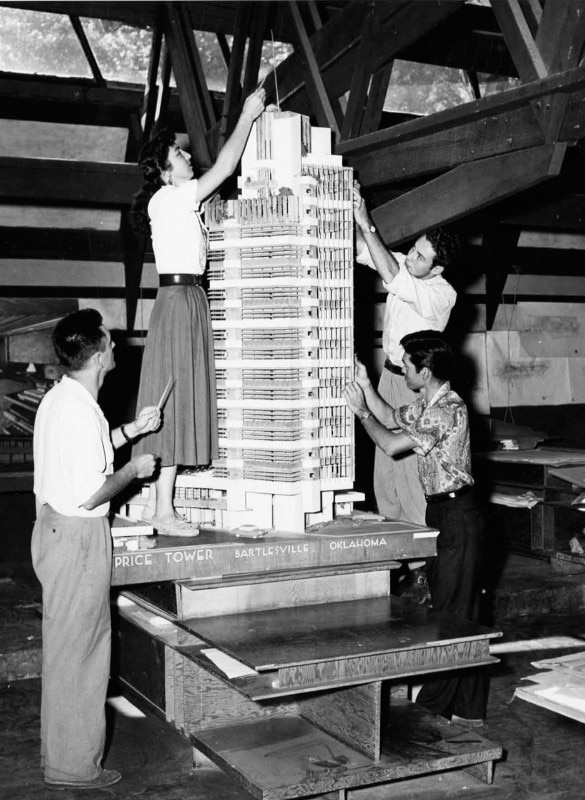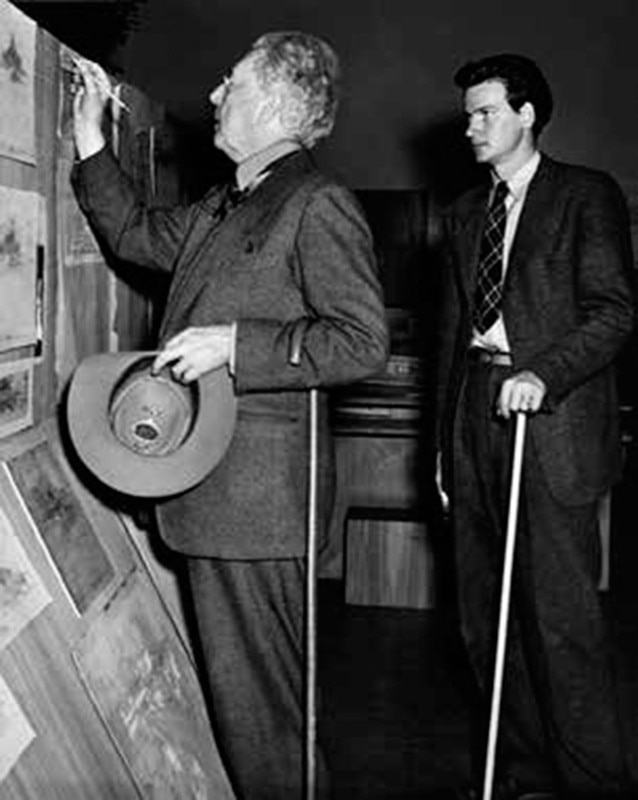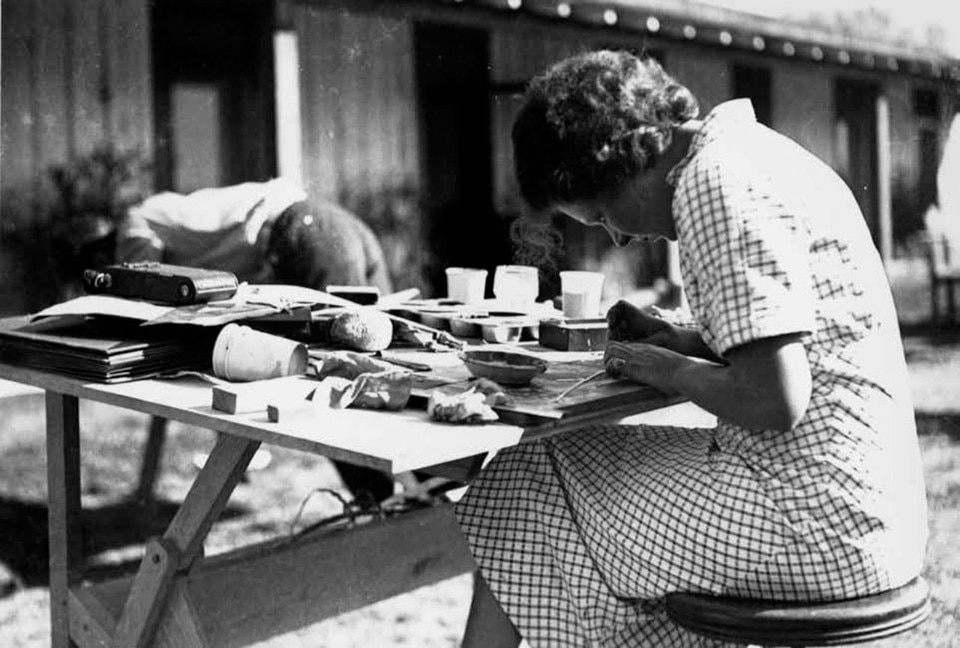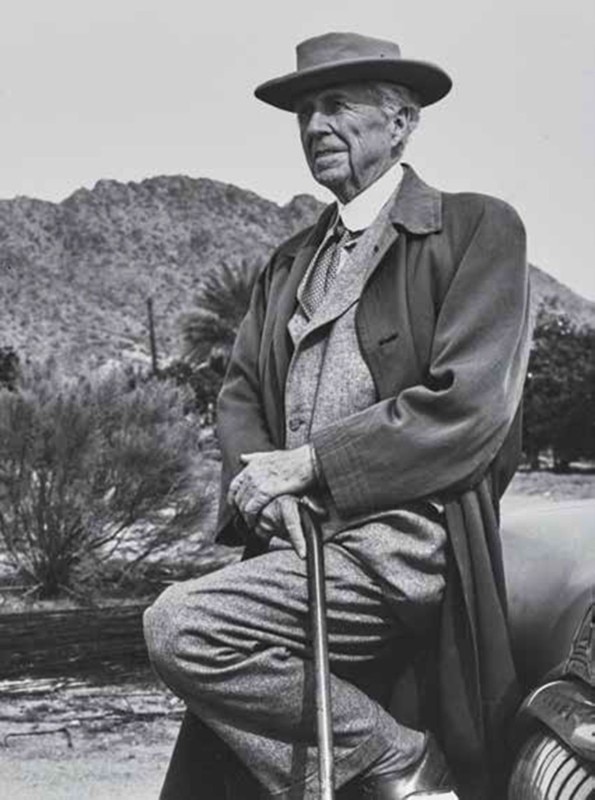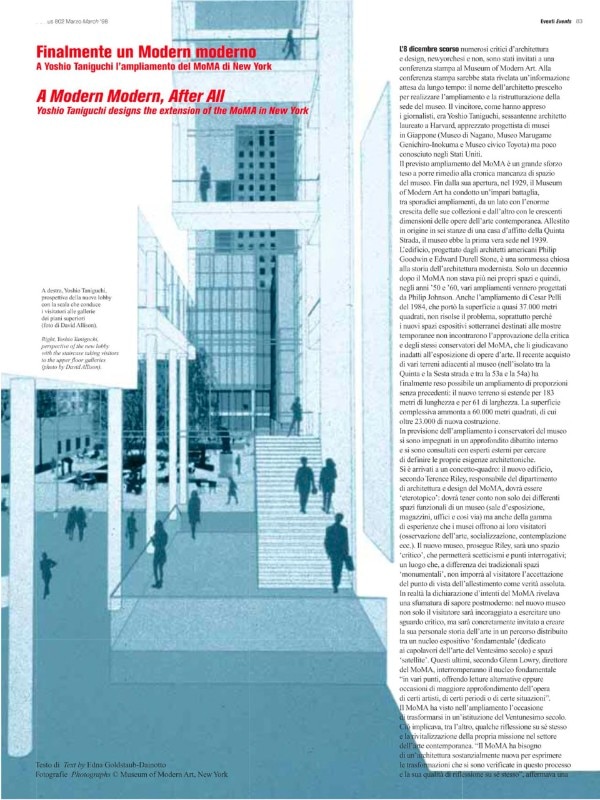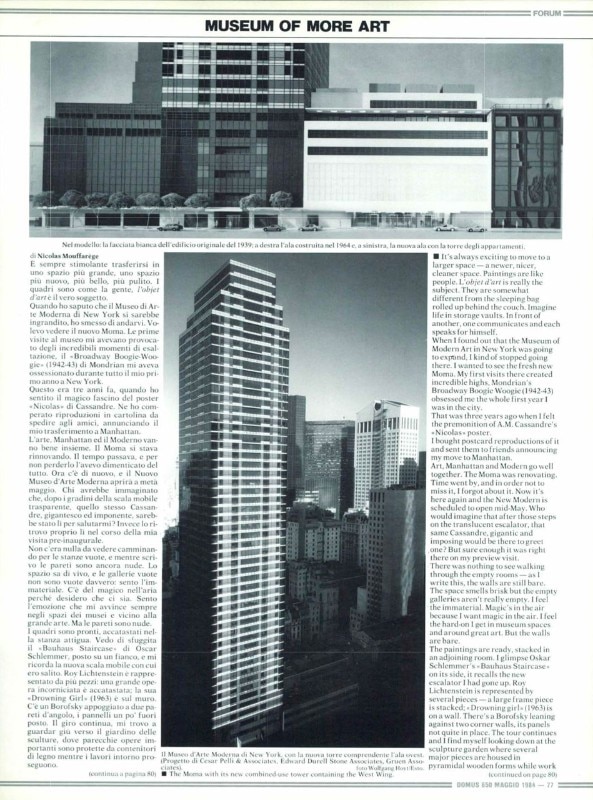Frank Lloyd Wright is immortal. Or at the very least, he was so sure of it that in 1957, during one of the two episodes of Mike Wallace's interview for ABC, two years before he died, when the famous The Mike Wallace Interview correspondent asked him if he thought he was destined to be immortal, he eloquently replied: “Yes. You get so far, as I am immortal. I will be immortal”.
Today we often think (maybe too much?) about anniversaries, and when we heard about the opening of the newly renovated MoMA by Diller Scofidio + Renfro, we inevitably thought it was an event not to be missed. However, when we saved the date in our diaries, we realized that it was the very same day of the 60th anniversary of one of the most legendary buildings in the history of architecture: the ‘inverted ziggurat’ of the Solomon R. Guggenheim Museum in New York, designed by Frank Lloyd Wright.
The great American architect is deeply connected to the history of the Museum of Modern Art as well: in 1932 he took part in the seminal exhibition ‘Modern Architecture: International Exhibition’ by Philip Johnson and Henry-Russell Hitchcock, as well as in the exhibition catalogue ‘International Style’. The architect, not exactly known for his modesty, had first insisted that the curators include him in the exhibition, and then claimed to be “not only the initiator, so to speak, of modern architecture, but also the authentic interpreter of the new Zeitgeist that (...) the European Avant-Garde was reducing to mere formal mannerism”(1).
The newly renovated MoMA by Diller Scofidio + Renfro opens today, on the 60th anniversary of the Solomon R. Guggenheim Museum by Frank Lloyd Wright
Wright clashed with the MoMA once again in 1940, on the occasion of the exhibition “Frank Lloyd Wright, American Architect”, to which he had personally contributed. Wright scholar Kathryn Smith writes: “He had chosen the material and designed the installation to be, in his words, ‘the show to end all shows’”(2). At the same time, the idea of a catalogue in the form of a festschrift, with essays by Henry-Russell Hitchcock, Richard Neutra, Alvar Aalto and Ludwig Mies van der Rohe, was conceived. But the book did not get published until 2004(3) because of the irreconcilable clash between the museum and Wright, who even threatened to cancel the entire exhibition: among the causes was Walter Curt Behrendt, architect and director of the magazine Die Form, and what he had written about him in the festschrift. Wright replied to the essay in a telegram, saying that “Behrendt has either ignorantly or deliberately twisted my meaning and implied untruths concerning myself and my work”.
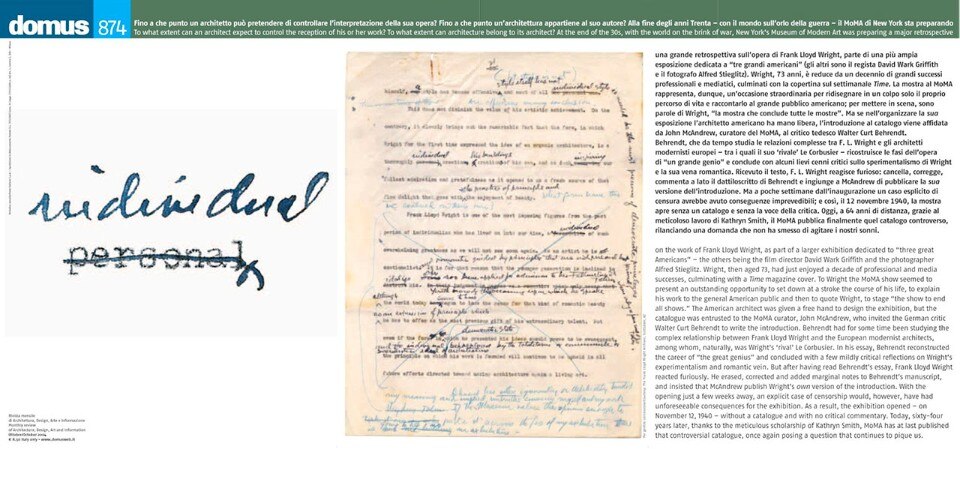
“Behrendt has either ignorantly or deliberately twisted my meaning and implied untruths concerning myself and my work”
Perhaps the celebratory style of the festschrift was not the best way to convey Wright's idea of himself, which was certainly not that of an architect who had already sung his swan song. On the contrary, Wright wanted to claim his success after the damaging events that had marked his personal life in 1914 and 1925: first when his family got murdered by Julian Carleton in his home at Taliesin, which later burned down; and then the accidental fire, again at Taliesin, that had led him to bankruptcy.
The right opportunity presented itself in June 1943, when he received a letter from Hilla Rebay, the primary advisor to Solomon R. Guggenheim. This marked the beginning of a legendary project and building: Wright came up with the ‘taruggiz’, a palindrome word describing the shape of the building, an inverted ziggurat.
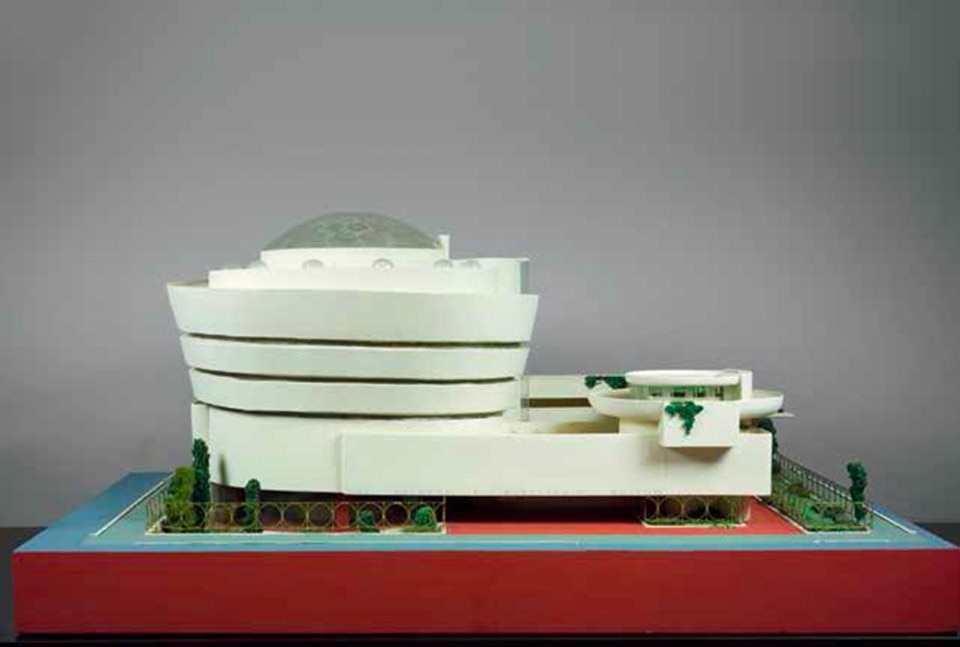
In 1948, to test the Guggenheim’s ramp, Wright hid behind an almost featureless brick wall at 140 Maiden Lane, just off of Union Square, the ramp of the V.C. Morris Gift Shop (later, Xanadu Gallery). Unfortunately, he never got to see the final ramp of the Solomon R. Guggenheim Museum: he died in April, while the museum opened its doors on 21 October 1959.
In 2004, the MoMA exhumed the documents of the dispute about the 1940 exhibition and published a version of the catalogue that also included the backstory of the events and part of the fiery correspondence between the institution and Wright. But that’s not all, because in September 2012, the architect’s vast archives were jointly acquired by the Museum of Modern Art and the Columbia University(4): 23,000 architectural drawings, 44,000 historical photographs, large-scale models, manuscripts, extensive correspondence and other documents, which later became the protagonists of the major exhibition “Frank Lloyd Wright at 150: Unpacking the Archive” in 2017(5).
On October 21, 2019, the expanded MoMA campus, designed by Diller Scofidio + Renfro will open to the public, and the 60th anniversary of the Guggenheim will be celebrated on the very same day. In the second part of the interview with Mike Wallace, Wright says: “To me, young has no meaning, it’s something you can do nothing about. Nothing at all. But youth is a quality, and if you have it, you never lose it.”
- 1:
- Roberto Dulio, “Recipe for a Myth”, Domus n.884, September 2005
- 2:
- Kathryn Smith “The Show to End All Shows” in “The Show to End All Shows. Frank Lloyd Wright and The Museum of Modern Art”, The Museum of Modern Art, New York 2004
- 3:
- Manfred B. Steger, Frank Lloyd Wright, Kathryn Smith, “The Show to End All Shows: Frank Lloyd Wright and the Museum of Modern Art”, The Museum of Modern Art, New York 2004
- 4:
- Barry Bergdoll, “Wright Comes to New York”, Domus n.978, March 2014
- 5:
- Kenneth Frampton, “Frank Lloyd Wright: Unpacking the Archive”, Domus n.1015, July-August 2017


